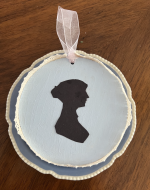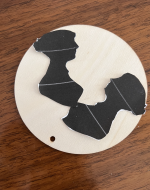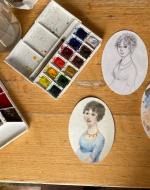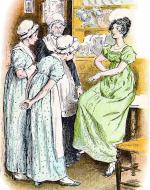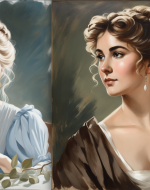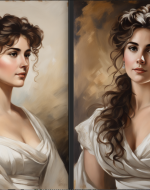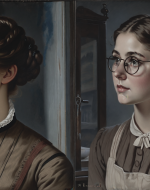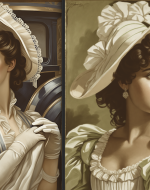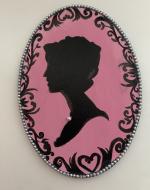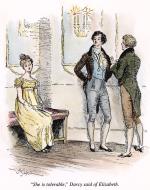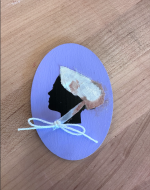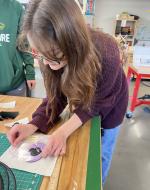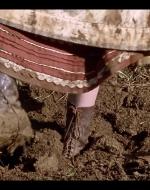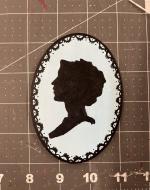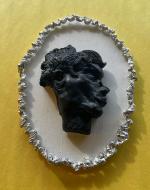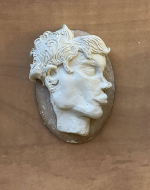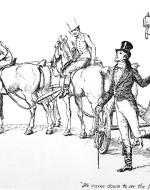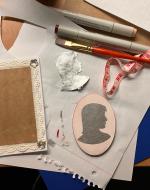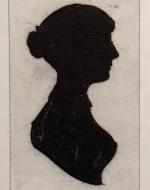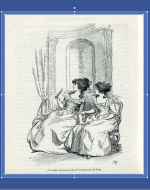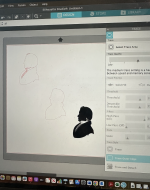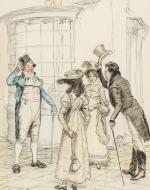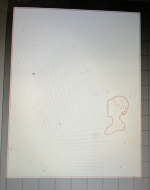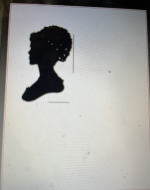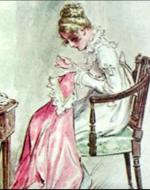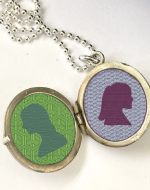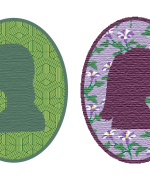 . Silhouette Portrait of the Late 18th Century
. Silhouette Portrait of the Late 18th Century
The silhouette--a profile typically done in black and mounted on white--was a popular art form during the 18th and 19th centuries. Indeed, the Regency era when Jane Austen was publishing her novels is the recognized golden age of the silhouette. The term "silhouette" derives from a mid-18th-century French finance minister named Étienne de Silhouette, known to cut paper shadow portraits. The silhouette, a personal memento, became fashionable among genteel patrons of 18th-century and 19th-century Europe and America. Portrait miniatures, which often took the form of silhouettes, were also popular Regency tokens of affection for Jane Austen’s family and her characters, who cherish, display, flaunt, and envy them. By the mid nineteenth century, the daguerreotype and photography eclipsed the silhouette, which came to be viewed as a folk art. Contemporary silhouette artist Kara Walker powerfully revived the art form to comment on pernicious representations of the Black body in visual culture and bring to the fore the ongoing legacy of slavery in the American consciousness.
Using materials from the Skidmore College IdeaLab and my own resources, we will each craft a Regency-style portrait miniature/silhouette, a material object which features prominently in Austen's Sense and Sensibility and Persuasion. To transform this Regency token of affection into a memento of our study of Jane Austen, we will create a gallery of portrait miniatures/silhouettes. Each student will design a virtual “case” to showcase critical crafting and make connections to Austen’s oeuvre, illuminating her literary legacy and Regency times.

